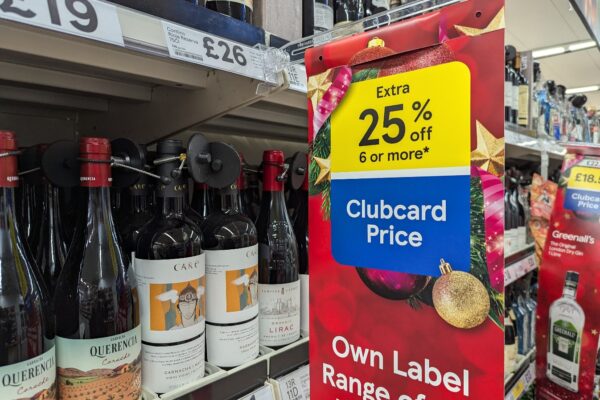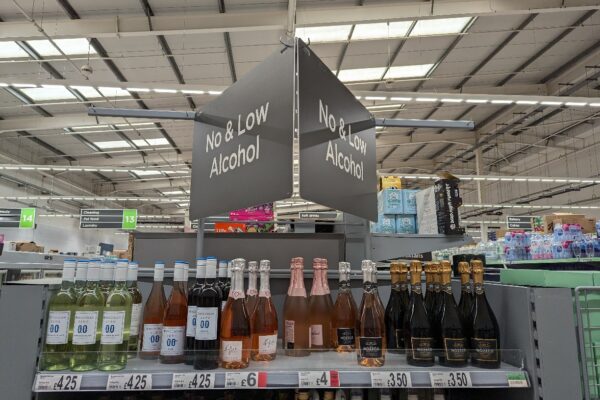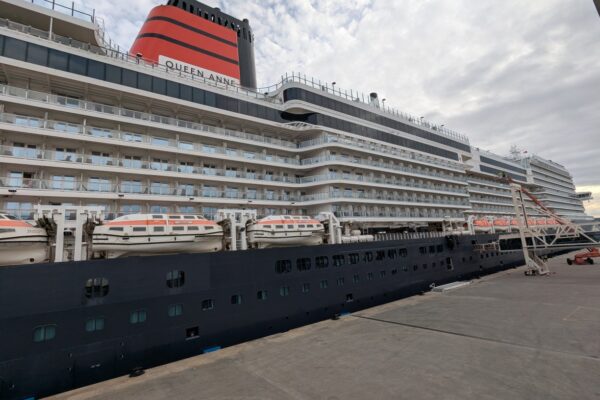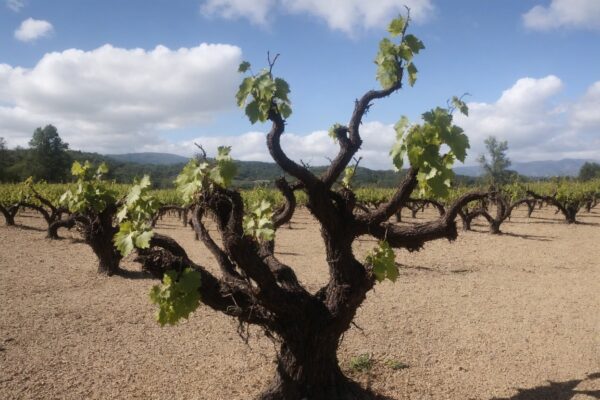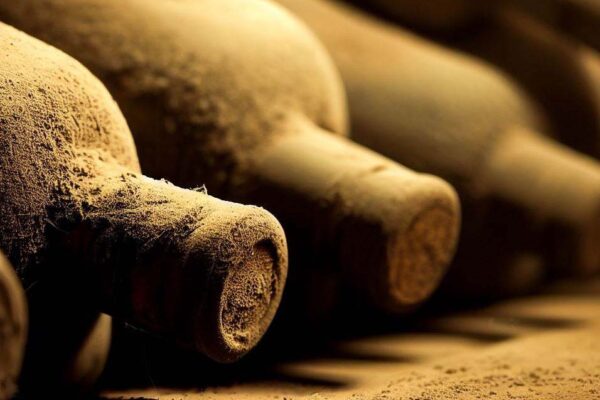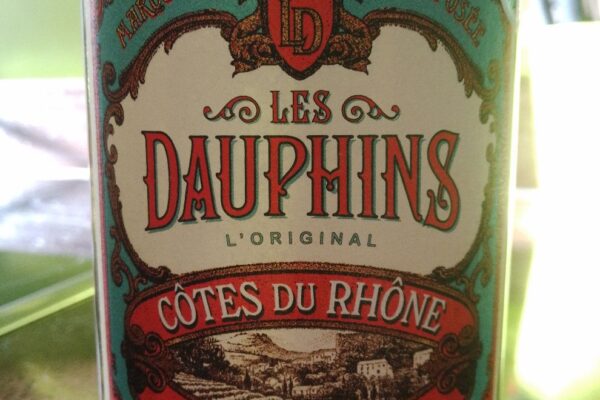
“World in a Wine Glass: The Insider’s Guide to Artisanal, Sustainable, Extraordinary Wines to Drink Now” by Ray Isle is a different journey through the world of wine, offering a fresh and insightful perspective that goes beyond the conventional wine guide. Ray Isle, with his extensive experience as the executive wine editor for Food & Wine and wine and spirits editor for Travel + Leisure, brings a wealth of knowledge and a unique voice to the subject.
The book is a departure from the usual focus on mass-produced and corporate-owned wines. Instead, Isle turns the spotlight on artisanal wines that are not only delicious and interesting but also environmentally friendly and reasonably priced. His approach is a refreshing antithesis to the trend of manipulated wines, which are often engineered to minimise vintage differences or to fit into specific marketing strategies.
Isle’s message is engaging, weaving in themes of sustainability, organics, biodynamics, and regenerative agriculture. He also describes the natural wine movement, exploring its debates and contradictions with a critical yet appreciative eye. The book also challenges the reliability of wine scores and highlights how the experience of a wine can change depending on who is tasting it and in what context.
One of the most compelling aspects of “World in a Wine Glass” is its emphasis on the story behind each wine. Isle argues that the best wines offer something beyond taste and smell, I’d say akin to a ‘narrative’ in the art world. This approach transforms the book from a mere guide to a collection of stories, exploring the ‘why’ of wines rather than just the ‘how’.
Isle’s personal touch is evident throughout the book. He shares experiences and conversations with winemakers, adding a personal dimension to each wine he discusses. The focus on relatively affordable wines makes the book accessible to a wide range of readers, from casual enthusiasts to serious connoisseurs.
The book spans many wine regions including France, Italy, Spain, Portugal, Austria, Germany, Australia, New Zealand, South Africa and the USA. While it is an American book, its global perspective is one of its strengths. For UK readers, while the buying and importing advice is US-centric, the Internet can be a helpful tool in locating where and how to purchase these wines.
Even at 706 pages, “World in a Wine Glass” isn’t intended to be a comprehensive encyclopaedia but rather a brain dump of Isle’s extensive knowledge and experiences. It provides readers with the tools to seek out interesting wines that they might not otherwise encounter.





